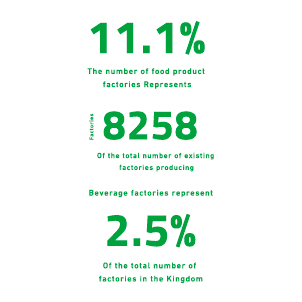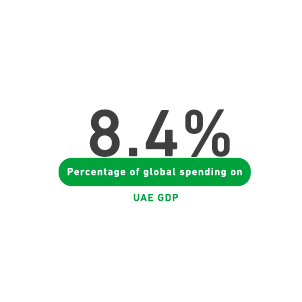The cardboard products factory is an industrial facility that recycles waste or used paper to produce a wide range of cardboard used in packaging, shoe wrapping, clothes, bags, food products, chemicals and industrial materials, among others. The cardboard products factory caters to a wide range of industries, such as: Hospitals, electric devices and household items, restaurants, hotels, and others.

The cardboard products factory is an industrial facility that recycles waste or used paper to produce a wide range of cardboard used in packaging, shoe wrapping, clothes, bags, food products, chemicals and industrial materials, and others
The cardboard products factory caters to a wide range of industries, such as: Hospitals, electric devices and household items, restaurants, hotels, and others
The project intends to reduce the waste volume and curb environmental pollution, enhancing sustainability and increasing the economic growth rate
Mashroo3k for Economic Consulting is pleased to provide a feasibility study for a cardboard factory based on the latest international standards, as it presents the quantity of supply and demand, marketing gap, competitors, analyzing strengths and weaknesses, opportunities, threats, securing raw materials, production line, and financial indicators such as break-even point, payback period, fixed and variable costs, and others; therefore our company “Mashroo3k” for Economic Consulting is the leading provider of certified feasibility studies in the Middle East



Executive Summary
Project Service/Product Study
Market Size Study
Study of Risks
Technical Study
Financial Study
Regulatory and Administrative Study

The Industrial Sector in the Gulf Cooperation Council countries
The industrial sector stands as a cornerstone in the renaissance of the world economy with its metrics serving as barometers of national progress and development The robustness of the industrial sector in certain Western nations today has played a pivotal role. Given the importance of this sector, Mashroo3k is pleased to present you with the following essential insights into the industrial sector of the Gulf Cooperation Council countries
The Kingdom of Saudi Arabia:
The United Arab Emirates:
Oman:
Kuwait:
Qatar:
Oman:

The Industrial Sector in the Gulf Cooperation Council countries
There are 1801 factories under construction in the Kingdom of Saudi Arabia. The number of licensed workers in these factories is 78,650. . The factories capital is estimated at approximately SAR 68,481 million.
Riyadh accounts for 40.4% with (728 factories) of these under-constructing factories.
The industrial sector in the UAE contributes about 8.4% to the GDP.
The industrial exports value exceeded AED 240 billion.
The UAE aspires to be ranked 25th in the Global Manufacturing Competitiveness Index, having held 38th place years ago.
The UEA strategy supports the establishment of 13,500 small and medium enterprises.
The industrial sector in the UAE contributes about 8.4% to the GDP.
The number of facilities with more than 20 workers is 549 The number of workers in these facilities reached 129,735. The total production value of these facilities reached KWD 35,566,260 thousand.
Manufacturing industries contribute around 9.2% to the GDP
The number of facilities with less than (10 workers) is 1799 , and the total number of workers in these facilities is 8,305.
The number of facilities with more than (10 workers) is 1668. the total number of workers in these facilities is 153,567.
The manufacturing industries exports account for 31.4% of Oman’s total exports.
The growth rate of manufacturing industries is estimated at approximately 6% over the past five years.